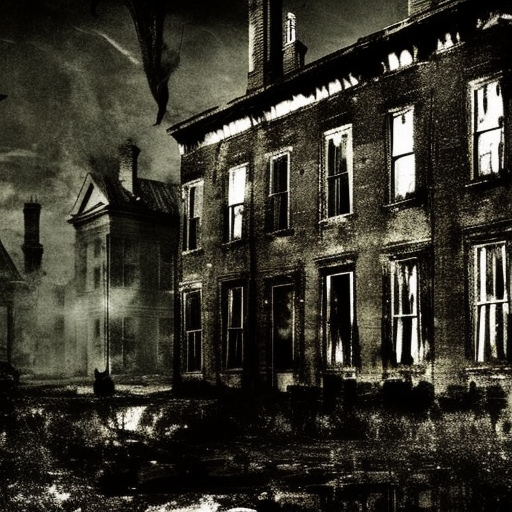One-line summary:
Bleak House by Charles Dickens is a complex and sprawling novel that explores the themes of justice, love, and the effects of societal corruption in 19th-century England.
The Chancery Court: A Symbol of Decay and Injustice
Bleak House is set against the backdrop of the infamous Chancery Court, a legal institution that becomes a symbol of decay and injustice. The court case of Jarndyce and Jarndyce, which has been dragging on for generations, serves as the central plot device, highlighting the absurdity and inefficiency of the legal system. Dickens uses this setting to critique the flaws of the Victorian legal system, portraying it as a labyrinthine bureaucracy that enriches lawyers while leaving the rightful beneficiaries of the case in perpetual uncertainty and despair.
The novel follows the lives of several characters who are directly or indirectly affected by the Jarndyce and Jarndyce case. Esther Summerson, an orphan, is taken in by the kind-hearted John Jarndyce, who becomes her guardian. Esther’s story intertwines with that of Lady Dedlock, a mysterious and aristocratic woman who harbors a dark secret. As the narrative unfolds, the lives of these characters become entangled in a web of secrets, scandals, and tragic events.
Love and Redemption in the Midst of Chaos
Amidst the chaos and corruption, Bleak House also explores the themes of love and redemption. Esther Summerson, the novel’s protagonist, embodies these themes through her unwavering kindness, resilience, and capacity for forgiveness. Despite her difficult upbringing and the secrecy surrounding her parentage, Esther remains optimistic and compassionate, becoming a source of light and hope in the midst of the bleakness that surrounds her.
Esther’s journey towards self-discovery and redemption is mirrored in the character of Lady Dedlock. As her secret past is gradually revealed, Lady Dedlock’s life unravels, leading her to confront the consequences of her actions. Through the exploration of these two characters, Dickens emphasizes the transformative power of love and the possibility of redemption, even in the face of overwhelming adversity.
Societal Corruption and the Impact on Individuals
Dickens uses Bleak House to critique the societal corruption and moral decay that permeated 19th-century England. The novel exposes the stark contrast between the opulent lives of the aristocracy and the squalor and poverty endured by the lower classes. Dickens portrays the upper class as morally bankrupt, consumed by their own self-interest and indifferent to the suffering of others.
The character of Harold Skimpole, a seemingly innocent and childlike man, represents the parasitic nature of the upper class. Skimpole manipulates others for his own gain, exploiting their generosity while avoiding any personal responsibility. Through Skimpole and other morally bankrupt characters, Dickens highlights the damaging effects of a society driven by greed and selfishness.
At the heart of Bleak House is a scathing critique of the social institutions that perpetuate corruption and inequality. Dickens exposes the failings of the legal system, the Church, and the aristocracy, all of which contribute to the suffering and despair experienced by the novel’s characters.
Key Takeaways:
- Bleak House is a critique of the Victorian legal system, highlighting its inefficiency and corruption.
- The novel explores the themes of love and redemption, emphasizing the transformative power of compassion and forgiveness.
- Dickens exposes the societal corruption and moral decay of 19th-century England, portraying the upper class as morally bankrupt.
“I only ask to be free. The butterflies are free. Mankind will surely not deny to Harold Skimpole what it concedes to the butterflies!” – Harold Skimpole
In conclusion, Bleak House is a powerful and thought-provoking novel that delves into the themes of justice, love, and societal corruption. Through its vivid characters and intricate plot, Charles Dickens paints a bleak yet compelling portrait of 19th-century England. The novel serves as a timeless reminder of the importance of compassion, integrity, and the pursuit of justice in the face of overwhelming adversity.












